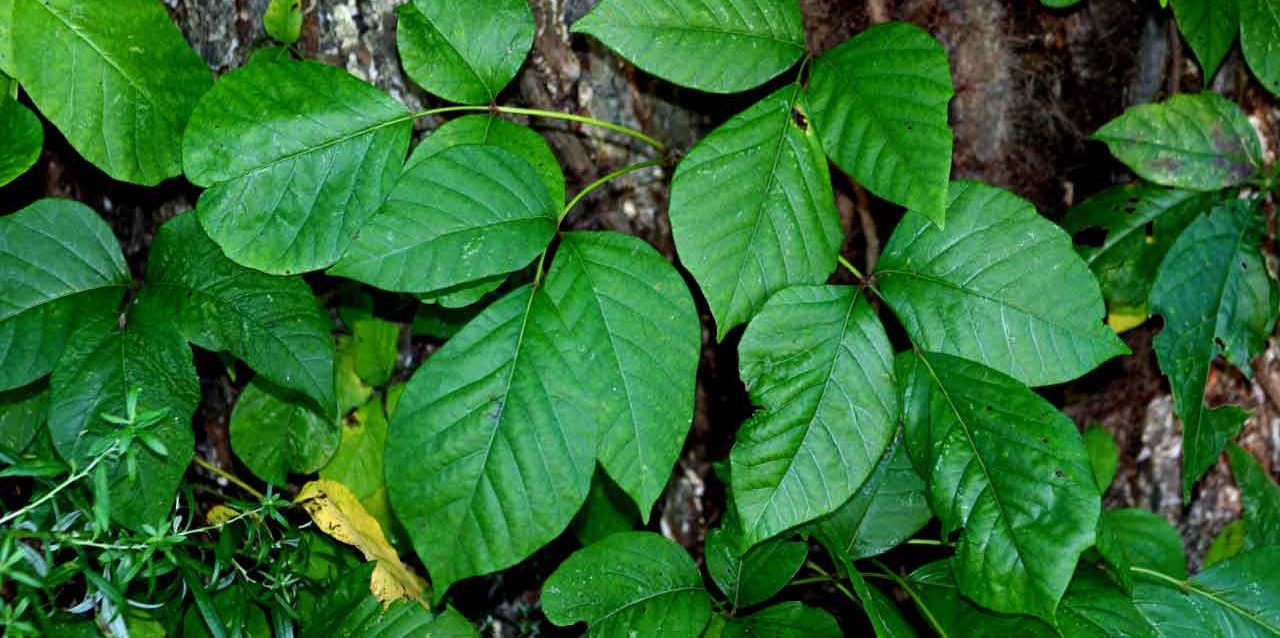Plants to Avoid During Summer

Plants have defense mechanisms to protect them from predators, just like animals do. Learn how to identify poisonous plants before they leave a painful mark on your skin.
When you head out for a walk in the forest or fields this summer, biting and stinging insects aren’t the only outdoor menaces you’ll encounter. Plants have defense mechanisms to protect them from predators, just like animals do. Some plants can leave you with a nasty rash — or worse — if you get too close.
Here’s a guide to help you spot dangerous plants so you can avoid them.
YOU MIGHT ALSO LIKE: Our Summer Wellness section
Poison ivy, oak, and sumac
This trio of poisonous plants is notorious for leaving any unsuspecting soul who mistakenly touches them with an itchy, blistering rash. An oily resin called urushiol in the plant’s leaves and stems triggers the allergic reaction, but often not until your second exposure.
“The first time you are exposed, your body typically won’t break out. Your immune system learns to recognize it, though,” explains Mary Stone, MD, a dermatology professor at the University of Iowa’s Carver College of Medicine.
To avoid contact with poison ivy and oak, remember the old adage: “Leaves of three, let them be.” Both plants grow in clusters of three leaves. They’re typically green and shiny in summer (poison ivy is reddish in spring, and yellow or orange in fall), with yellow-white berries, and you’ll find them growing in a shrub or vine. Poison sumac has clusters of seven to 13 leaves, often with whitish-green fruits.
Washing your skin with warm water and soap as quickly as possible after exposure to poison ivy, oak, or sumac is one way to stop the rash. Also wash any item the plant touched.
“The oil from the plant can be passed along to you from secondary agents; garden tools, clothing, even pet fur,” says Stone. Look carefully because the residue might not be obvious. “A lot of times, that oil can turn black or brown. That could be a clue, but if it’s on a garden tool, it could look like dirt, too.”
To relieve the itch, apply cool compresses. Calamine lotion and hydrocortisone cream can also bring down swelling and make you more comfortable while the rash heals.
Stinging nettle
This tall, weedy plant has thin, green leaves lined with tiny sharp stinging hairs. When you rub against them, the projections break and inject an irritating chemical into your skin that will make it turn red and burn for up to a full day.
For immediate pain relief after you’ve been “stung,” wash the area with water. Once you are home, apply cool compresses to the rash or take a bath. Then smear on a mixture of baking soda and water to relieve itching. Aloe vera or calamine lotion will also ease the itch.
Cactus
If you live in a dry, desert region you’ve likely encountered cacti, thick, branching plants covered with prickly spines. An accidental run-in with one of these plants can leave dozens of tiny thorns embedded in your skin. In addition to the pain, the spines can cause an infection if you don’t take them out entirely.
“The spines from the plants should be carefully removed from the skin, usually with tweezers or a piece of tape that is placed over the area where the spine entered the skin and gently torn away with the tip of the spine attached,” said Julian J. Trevino, MD, FAAD, associate professor of dermatology at Wright State University Boonshoft School of Medicine in Dayton, Ohio. Once the thorns are out, apply a steroid cream or take antihistamines to treat the rash.
Wild parsnip
The wild parsnip plant often grows by the side of roads. Though its thin green stems and tiny yellow leaves (which resemble Queen Anne’s lace) make it look like nothing more than a harmless weed, the sap inside contains chemicals that produce a painful burn and blistering rash when exposed to sunlight.
Sap is released when the plant is cut or knocked down, so avoid picking wild parsnip. If your skin is exposed to the plant’s chemicals, wash it right away and cover it to protect the area from sunlight.
Allergic reactions
Some people are particularly sensitive to the chemicals in these plants. If you have an allergic reaction, call 9-1-1 or visit an emergency room right away. Signs of a reaction (anaphylaxis) include:
- Trouble breathing
- Wheezing
- Tightness in your chest or throat
- Swelling of your face or mouth
- Hives
YOU MIGHT ALSO LIKE: How to Exercise Correctly During Summer
Updated:
May 25, 2023
Reviewed By:
Janet O’Dell, RN